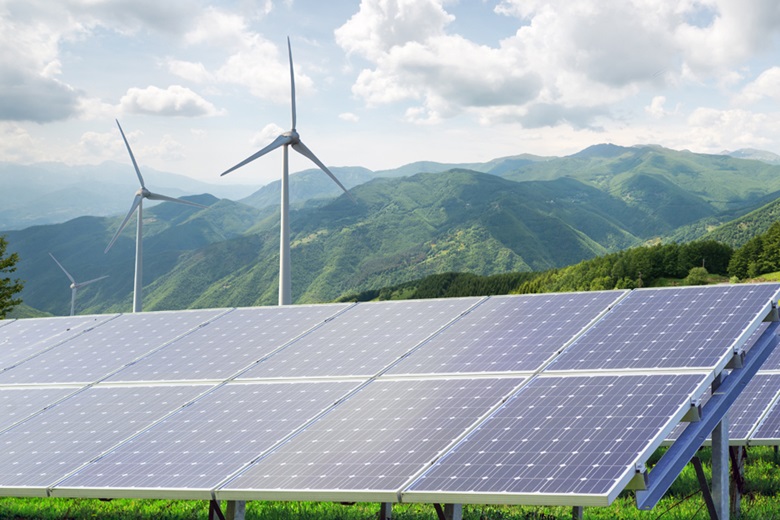Rapid Growth of Transport Sector Fuels Energy Demand in APEC

The 21 economies that comprise the Asia-Pacific Economic Cooperation (APEC) are expected to see a 21 per cent rise in energy demand over the next 30 years, partly due to population and economic growth in Southeast Asia, says a new APEC report.
While industry remains the largest energy-consuming sector, two sectors – transport and buildings – will drive increased energy demand, according to the APEC Energy Demand and Supply Outlook.
“Demand in the transport and building sectors is projected to increase by some 30 per cent, partly due to rising incomes. Efficiency policies will be critical in softening this growth in demand,” said Dr Jyuung-Shiauu Chern, Lead Shepherd for the APEC Energy Working Group.
Fossil fuels are projected to continue to make up more than 60% of the energy mix for the next three decades in this region, which accounts for nearly two-thirds of global demand. Increased production and trade in natural gas and lower prices can enable its broader use as a substitute for coal.
“Substantial progress is needed to boost energy efficiency and the use of renewable energy and carbon capture and storage. This will help reduce the region’s greenhouse gas emissions to 8.5 gigatonnes by the year 2050 – a level consistent with the 2015 Paris Agreement ambitions,” said Dr. Kazutomo Irie, President of the Asia Pacific Energy Research Centre (APERC), who prepared the report. “Sixteen economies are projected to store 22 gigatonnes of carbon, mostly from the electricity sector, starting in 2030.”
APEC economies would need more than 3200 gigawatts of new power plant capacity to meet this growing demand for electricity. As use of renewable energy increases, economies must support variable production through quickly dispatchable thermal capacity and energy storage. In 12 economies, including China, Japan, and the United States, pumped hydro storage is projected to enable support of variable renewables.
While growth of transport use is fueling demand, the sector is expected to see a shift towards electrification. China is expected to expand its adoption of electric vehicles by 17 per cent annually. However, electricity is projected to represent only 5 per cent of transport fuel demand.
In the building sector, implementation of Minimum Energy Performance Standards can complement efforts to label appliances according to their efficiency capacity, including for air conditioning systems. Broader application and enforcement of these regulations would bring the region closer to its goal of reducing energy intensity by 35 per cent by 2035 (compared with 2005).
In addition to identifying key APEC-wide trends through 2050 and assessing their impact on policies, the Outlook, now in its 7th edition, charts the implications of alternative scenarios on the region’s energy mix, investment requirements, trade patterns, and carbon dioxide emissions. The report also provides detailed forecasts of energy production, supply, and demand, for each APEC economy.
For more, please see here.
# # #
For further details, please contact:
Dini Sari Djalal +65 9137 3886 at [email protected]
Michael Chapnick +65 9647 4847 at [email protected]
More on APEC meetings, events, projects and publications can be found on www.apec.org. You can also follow APEC on Twitter and join us on Facebook, LinkedIn

